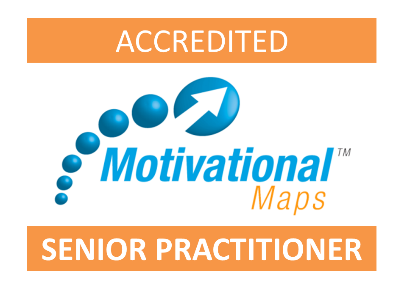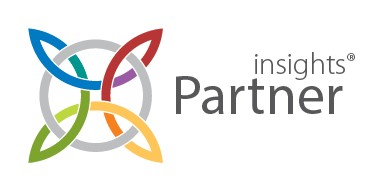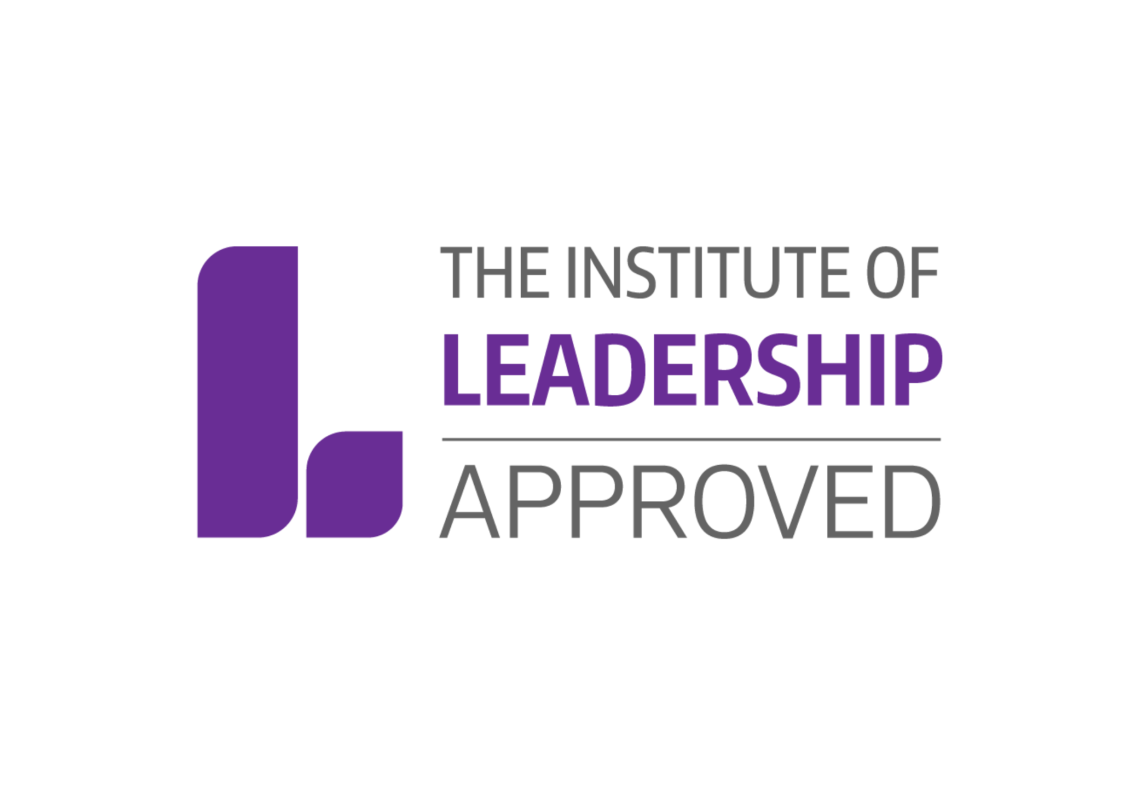One of the popular questions readers of my book CREATE Motivation have been asking is about how they can put the pieces of their leadership ‘jigsaw’ together in order to powerfully stand in their place of ‘Current Reality’ and/or ‘Envision’ their future. I see this question best answered through the three distinctions I make about the What, How and Why Bother – illustrated through the Performance Triangle below.

As a reminder for any of you who know about the Performance Triangle, the WHAT is looking at the outcomes, impact and the results achieved. What does good look like – now and in the future?
The HOW is your unique combination of skills, behaviours and experience and how you use them to bring about these results. HOW will you contribute towards the WHAT?
The WHY BOTHER is the most important aspect of all; it’s your motivation. This is your reason for acting. Why do you bother delivering on these outcomes? What’s in it for you? And why do you bother to build, hone and deploy particular behaviours?
So, let’s delve into this all in a bit more detail then…
The WHAT
This part of the jigsaw is best understood by simply asking yourself a few key questions:
- What results are you achieving right now?
- What impact are you having?
- What outcomes are you bringing about?
(For more questions, just take a quick look at Chapters 4 and 5 of the book or look at the resources online here)
The HOW
It’s quite possible that lurking in a bottom drawer somewhere you will have a psychometric profile you once did during your career. The most well-known ones include: Insights Discovery®, MBTI (Myers Briggs Type Indicator®), Strengthscope®, Strengthsfinder®, SDI (Skills Deployment Inventory) and DISC®. Sound familiar? Well, no matter whether you have done just one of these or done them all, the information they contain will be useful to you here.
So, dig them out and take another look because even an ‘old’ profile still has plenty of value to wring out of it. Take any psychometrics you have completed and reflect on what they are telling you about that version of yourself. What words best describe your actual behaviours now? What words best describe the behaviours which would be useful to brush up on now, in this changing world? Which behaviours feel alien to you – and why? Which behaviours are you seeing displayed in the team around you? I can assure you it will be a very thought-provoking exercise, especially in these challenging times.
Certainly, personality profiling tools, or psychometrics offer an alarmingly accurate insight into a person’s preferred way of working and communicating with others in their team. But the key word here is ‘preferred’. Just because someone prefers to work in a particular way does not mean it is the only way they could choose to work. Psychometric tests are often criticised for putting people in metaphorical ‘boxes’ suggesting that you are one thing and likewise should work with a particular type of person. As with all tools, it is in the utilisation of that tool in which it is proven to be effective and not in the tool in and of itself. I choose to use these tools as a way of sharing a common language with people and then work from there.
There is no doubt in my mind that using psychometrics is a valuable addition to our leadership toolkit. But simply knowing your HOW is not enough. We also need to know our WHY BOTHER, and this is where it all gets a little exciting.
The WHY BOTHER
What drives your behaviour is motivation. What engages you in the work you do and the outcomes you deliver is motivation. Knowing that you prefer to work in a particular way (your HOW) is only half the story. Motivation explains why you do what you do. It explains why you prioritise in the way that you do.
Rather unfortunately we don’t (yet) pay enough attention to motivation in the workplace. It’s not something that is regularly discussed during interviews, appraisals or line management – which to me is a big mistake in how our working world operates right now. However, you can change that because, after all, it starts with you. To find out what motivates you either access the resources (here) or contact us to complete your own a Motivational Map.
Once you know what motivates you, you can see this impact on your HOW and WHAT – and better still, gain more insight into these more commonly understood areas.
Now hopefully you are still with me, but if you’re not and you want a real life example, let me share with you the pieces of my jigsaw so you can see how my WHAT, HOW and WHY BOTHER come together and how I can gain synergy by aligning them….
My WHAT: I have a very clear vision for my business which is to shift the paradigm around motivation and leadership in the workplace and I do this by delivering engaging programmes which enable people to step into their leadership with greater ease.
My HOW: My Insights Discovery® profile shows that I have a high preference for Fiery Red and Sunshine Yellow. Key behaviours include: relationship-building, being optimistic, looking at possibilities, flexibility, engaging and influencing.
My WHY BOTHER: My motivators are about making a difference (Searcher), having freedom and autonomy (Spirit), and learning (Expert).
Each element on its own is interesting, but not altogether useful. And actually, if you combine the WHAT and the HOW and we have a typical ‘appraisal’ style conversation that you’ll all be familiar with. But you will see that the missing piece is motivation.
By adding this essential piece of the puzzle, we can understand WHY we decide to ‘dial up’ and ‘dial down’ certain behaviours. Which behaviours will enable the biggest difference to be made? Which behaviours will make us feel best and ensure we love what we do.
Based on my WHAT and HOW alone (as above), I could have built a business which offers ‘off the shelf’ learning programmes directly to team members which are repeatable, robust and deliver valuable outcomes time and time again. This is how most of my competitors work and it’s a good business model.
However when you bring my WHY BOTHER into play, this fuels the desire to make an even bigger difference than by simply working directly with team members (Searcher), deliver it in a way which breaks free from convention and the weekly schedule of running programmes (Spirit), and which maximises the opportunity for me to reshape and reform all the learning so that it really sticks (Expert).
Instead I am building a business which trains the trainers in those businesses to ensure that my one intervention can be used countless times by my clients using their in-house resources. This is perhaps a more unconventional model, but one which I believe will enable me to make more of a difference, whilst remaining free and keeping my head in the learning. This is my unique contribution. I couldn’t have done it a few years ago, but by looking at my Current Reality and Envisioning my future, I know this is the route I want to go now and one which will ensure I simply love what I do.
And you could do this too; love what you do.
By combining these three simple elements you could understand where you are in your ‘Current Reality’ and what you need to do to stand tall in this space and love what you do. Likewise, you can ever start to plan towards ‘Envisaging’ your future after the pandemic and for years to come.
I’d love to hear what you are discovering by looking at each piece of your leadership jigsaw. Comment below or drop me a direct message to chat about these three elements in detail if you need any advice.






CONNECT WITH US!